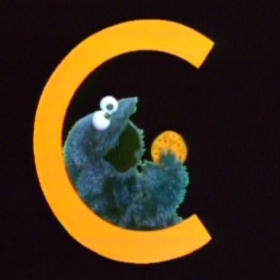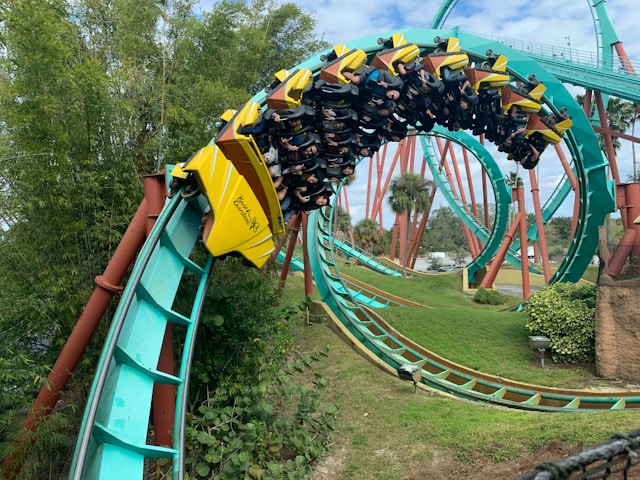Duration

The words for indicating duration in Icelandic are relatively simple, yet many Icelandic language students confuse them because of false friends: words with an English equivalent which seem like they should work, but don’t. We need to put translation aside to focus on meaning and usage, especially when dealing with prepositions.
In this article we’ll look at five common duration terms in Icelandic: í, á, síðan, ennþá and lengur.
Í
Í means during and translates as for. The false friend translation of for, fyrir, is often mistakenly used by English-speaking Icelandic learners instead of í. Í is a preposition which takes the accusative case when indicating duration.
- Jón ætlar í skóla í þrjú(acc) ár(acc) > Jón is going to school for three years.
- Guðrún sat og leysti rúbikskubba í tvo(acc) tíma(acc) > Guðrún sat and solved rubik’s cubes for two hours.
- Ég hef verið að læra íslensku í tvö(acc) ár(acc) > I’ve been learning Icelandic for two years.
Á
Á means the time taken to complete an action and translates as in. The false friend translation of in, í, is often mistakenly used by English-speaking Icelandic learners instead of á. Á is a preposition which takes the dative case when indicating duration.
- Jón kláraði námið á einu(dat) ári(dat) > Jón finished his studies in one year.
- Guðrún getur leyst rúbikskubb á tveimur(dat) mínútum(dat) > Guðrún can solve a rubik’s cube in two minutes.
Í, á, fyrir and eftir are frequently confused for one another. False friends are the culprits here, but if we focus on meaning instead of translation the differences become crystal clear:
- í indicates duration of time
- á indicates time taken to complete an action
- fyrir and eftir (as we see in Point-Relative Timing indicate a point in time, not duration at all.
Síðan and þangað til
Síðan means from a point in time and translates as since. It can be used as a conjunction.
- Anna hefur ekki reykt síðan í fyrradag > Anna hasn’t smoked since the day before yesterday.
- Síðan þú fórst hef ég verið með magakveisu > Since you left I’ve had stomach pains.
- Síðan hvenær talar þú ítölsku? > Since when do you speak Italian?
- Síðan fyrir þremur árum, þegar ég bjó á Ítalíu > Since three years ago, when I lived in Italy.
- Ég hef verið að læra íslensku síðan 2017 > I’ve been learning Icelandic since 2017.
Note that síðan is the Icelandic equivalent of since in the meaning from the time, not in the sense of given that, seeing as how (“I thought you didn’t care since you didn’t say anything”, “ég hélt þér væri sama fyrst þú sagðir ekkert”). This is a different meaning which has nothing to do with duration and requires a different term in Icelandic.
Þangað til means until a point in time and translates as until. Like síðan, it can be used as a conjunction.
- Þetta er bara fyndið þangað til einhver meiðir sig > It's only funny until someone gets hurt.
- Anna ætlar ekki að reykja þangað til á morgun > Anna isn't going to smoke until tomorrow.
Ennþá and lengur
Ennþá is the Icelandic equivalent to still and yet. The translation depends on the negation: ennþá translates as still, and ekki ennþá as not yet.
- Ertu ennþá að vinna? > Are you still working?
- Ertu ekki ennþá byrjuð að vinna? > You haven’t started working yet?
- Nei, ekki ennþá > No, not yet.
- Ég er ennþá að ná tökum á föllum í íslensku > I’m still getting the hang of cases in Icelandic.
The alternate form enn also sometimes appears. This is more formal than ennþá, but their meaning and usage are otherwise identical. Enn also has other uses outside of indicating duration, but ennþá always means the same thing.
Ekki lengur is the negative equivalent of ennþá, and translates as not anymore.
- Ég er ekki lengur að vinna hjá Vísi, ég hætti fyrir ári > I’m not working at Vísir anymore, I quit a year ago.
- Hún elskar mig ekki lengur! > She doesn’t love me anymore!
Summary
The second language student should rely on meaning and usage of Icelandic terms, not translation, in guiding their studies. Í indicates duration of an activity, á the time taken to complete an activity, síðan the time from a point in time. Ennþá translates as still, ekki ennþá as yet, and ekki lengur as anymore.

Related reading
If you found this interesting, you might also be interested in these articles.




